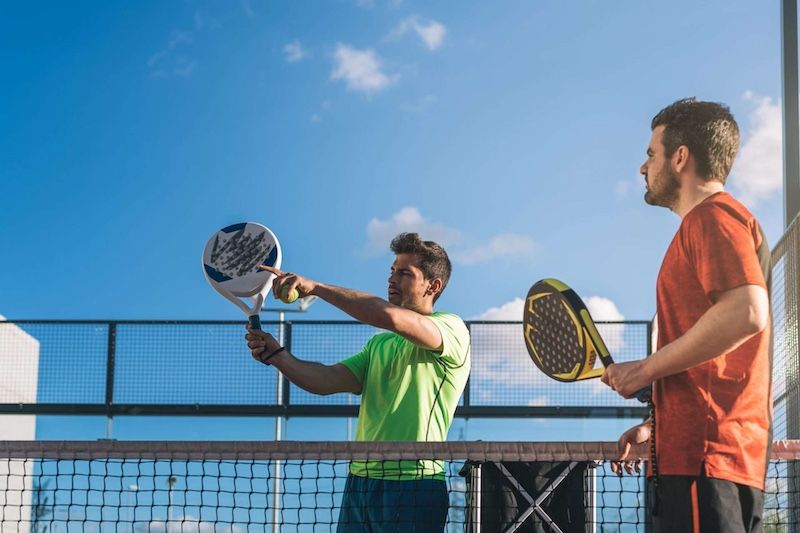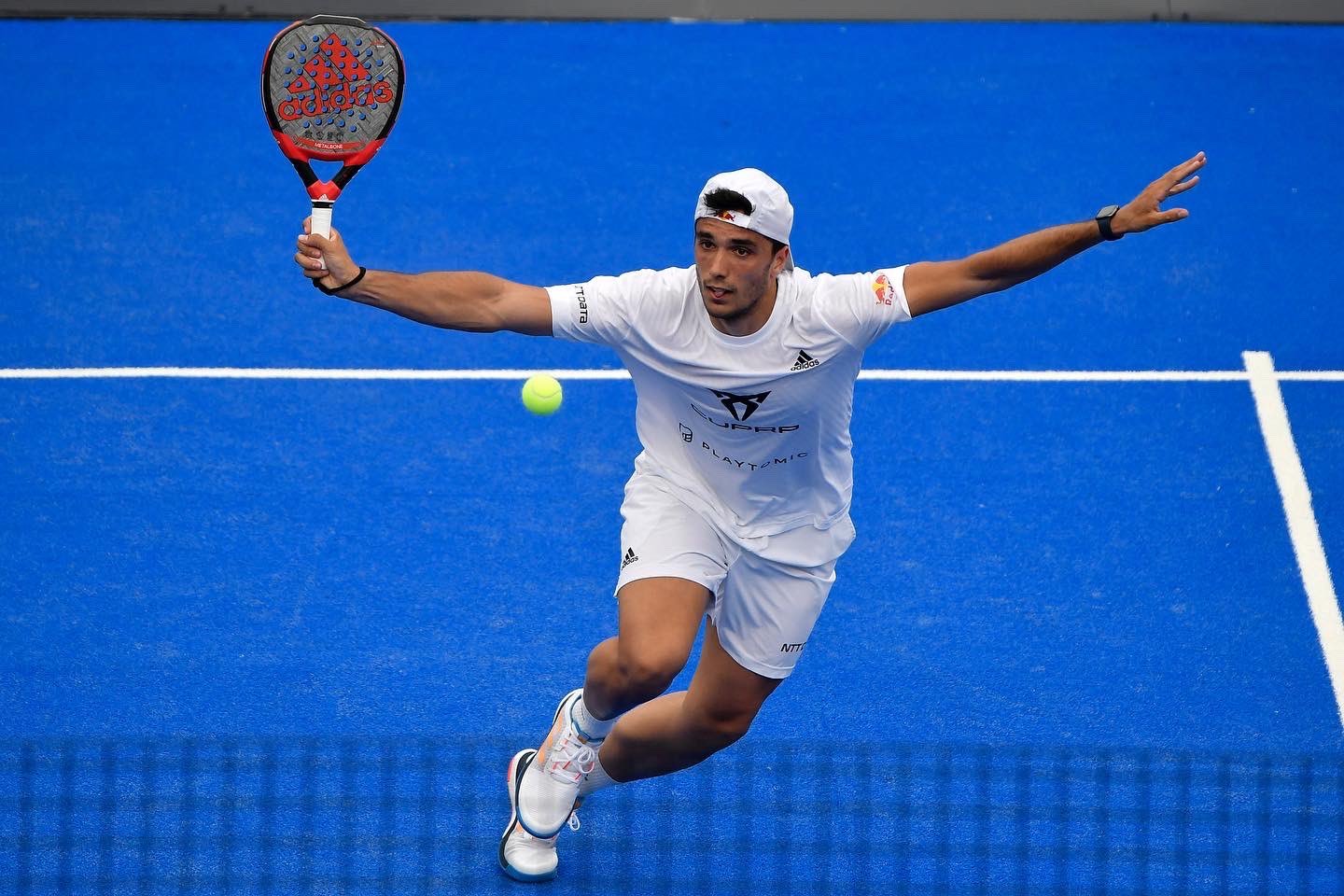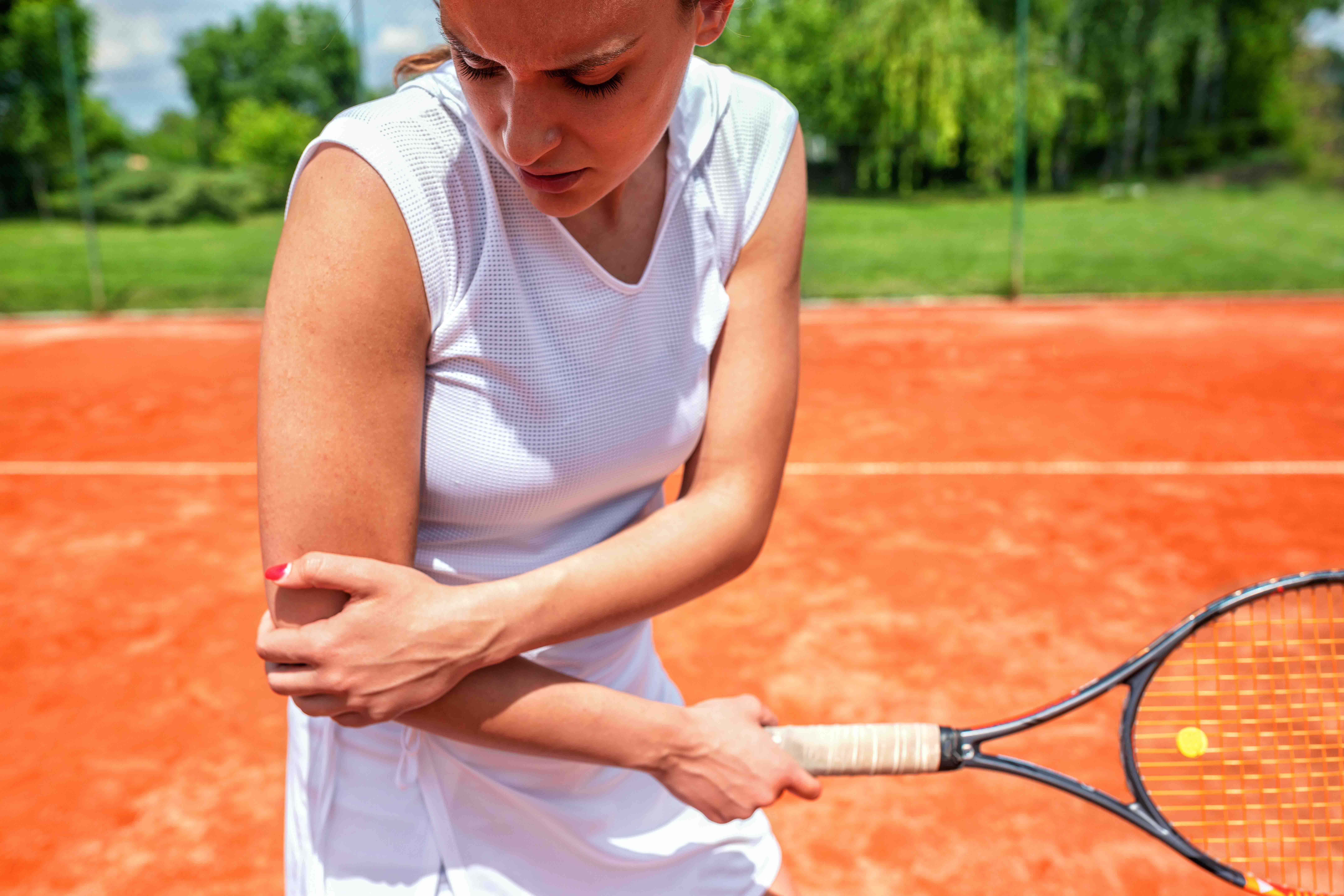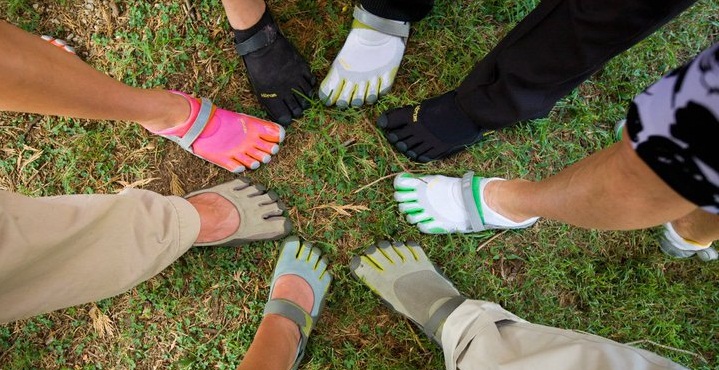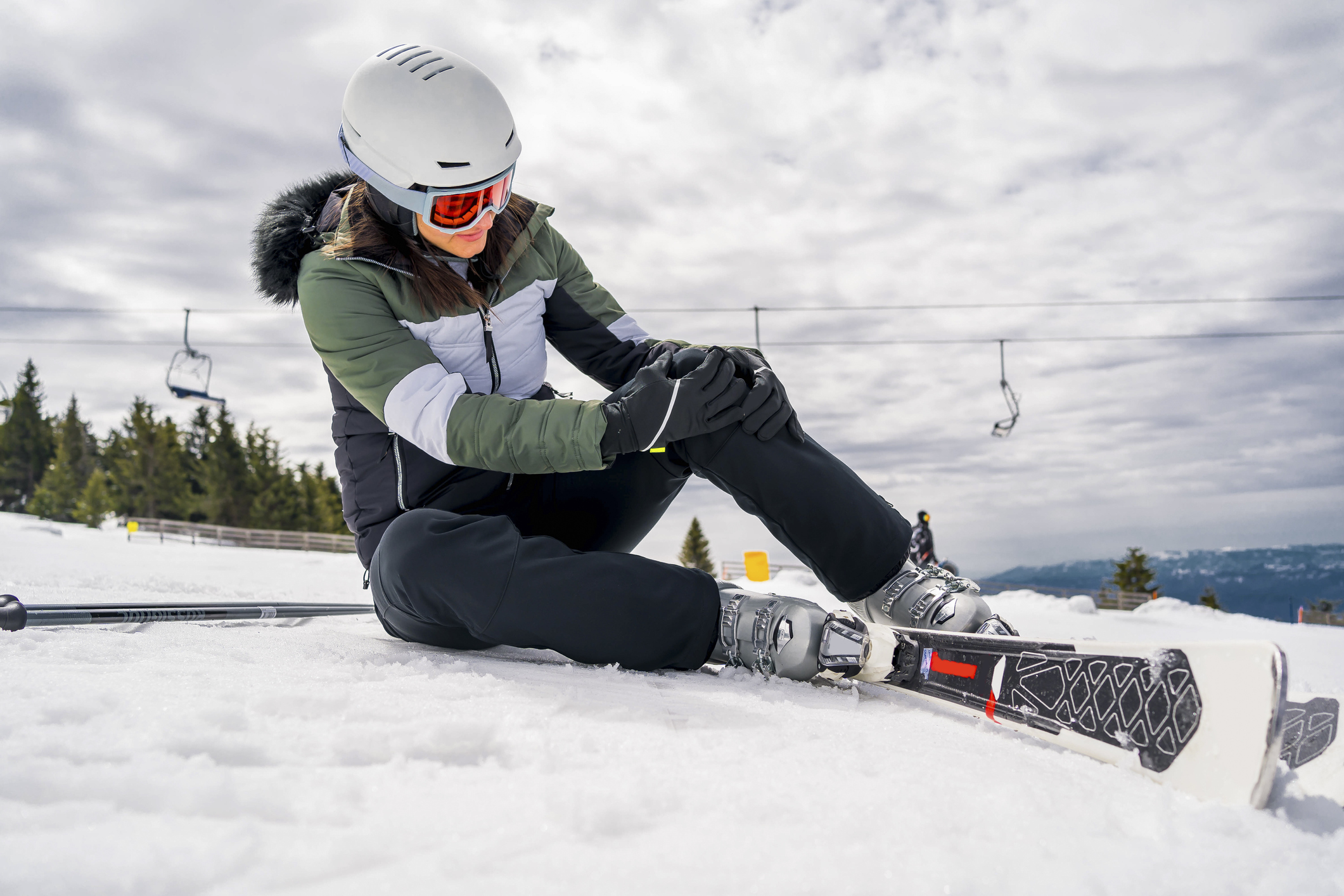Padel is a fast-paced, dynamic sport that requires much more than power and speed. Top-level players know that real performance comes from efficient movement, fast reactions, and a calm, focused mind.
But how do you train that?
As a physiotherapist specializing in functional neurology and breathing-based therapy, I’ve seen how nervous system training can elevate athletic performance—especially in sports like padel where coordination, timing, and recovery matter as much as strength.
In this article, we explore how breathing and neurotraining can help you move better, recover faster, and win more points on the court.
Why Breathing Is a Performance Tool
Most players don’t realize that breathing affects:
- Posture and spinal alignment
- Core activation and balance
- Reaction time and decision-making
- Recovery and energy levels
Dysfunctional breathing (mouth breathing, upper chest dominance, poor CO₂ tolerance) leads to fatigue, loss of focus, and reduced control on court.
By retraining your breathing mechanics, you’re not just improving oxygenation—you’re regulating your nervous system.
Key Breathing Strategies for Padel Players
1. Nasal Breathing During Play
Nasal breathing increases oxygen efficiency, stabilizes the core, and keeps the nervous system balanced under pressure.
2. Post-Rally Recovery Breathing
Between points, use slow nasal exhalations to reset your heart rate and regain composure. This improves decision-making in the next rally.
3. Pre-Match Respiratory Priming
Before games, integrate breathing exercises (e.g., breath holds, diaphragmatic activation) to enhance focus and prep your body for explosive action.
What Is Neurotraining (and Why It Matters)?
Neurotraining means training your brain and nervous system to improve:
- Balance and reflexes
- Visual tracking and reaction time
- Coordination between both sides of the body
- Motor precision and control under fatigue
All of these are essential in padel, especially in doubles matches where speed and adaptability are key.
Simple Neurotraining Exercises for Padel
You don’t need fancy equipment. Here are some powerful examples you can integrate into your training:
• Balance drills with head movement
Standing on one leg while turning your head side to side challenges your vestibular system—critical for quick reactions.
• Eye tracking with paddle or ball
Follow a moving object with your eyes while staying stable. Improves hand-eye coordination and reaction time.
• Cross-lateral movement patterns
Train opposite arm-leg patterns (like crawling or dynamic lunges with rotation). These improve timing and brain-body integration.
Why Combine Breathing and Neurotraining?
When you combine these two methods, you get:
✅ Better stability and core control
✅ Improved concentration and tactical awareness
✅ Faster recovery between points and matches
✅ Lower injury risk due to improved motor control
And most importantly, you enjoy the game more because your body and brain are working together, not against each other.
For Padel Players in Dubai: Train Smarter, Not Just Harder
If you’re serious about improving your game, it’s time to go beyond traditional strength and cardio.
In my sessions, I help padel players:
- Identify hidden nervous system inefficiencies
- Improve movement quality, not just volume
- Optimize breathing to support performance under pressure
Whether you’re an amateur or competitive athlete, this kind of training will give you the edge you didn’t know you were missing.
Book a session or get in touch to discover how we can elevate your game—starting from your breath.

